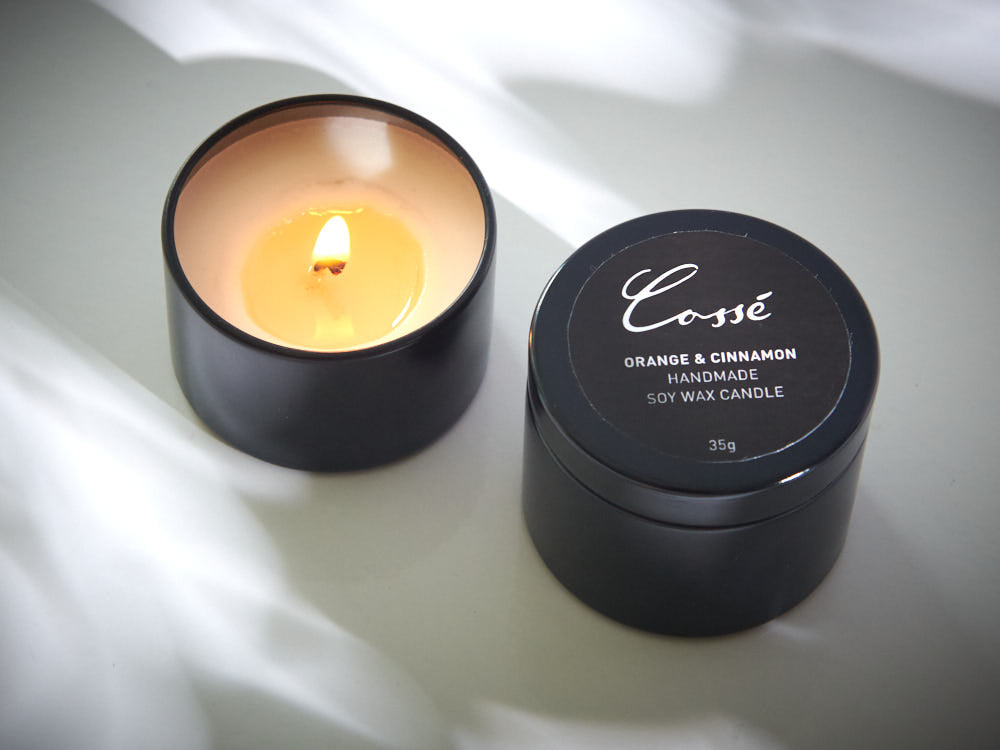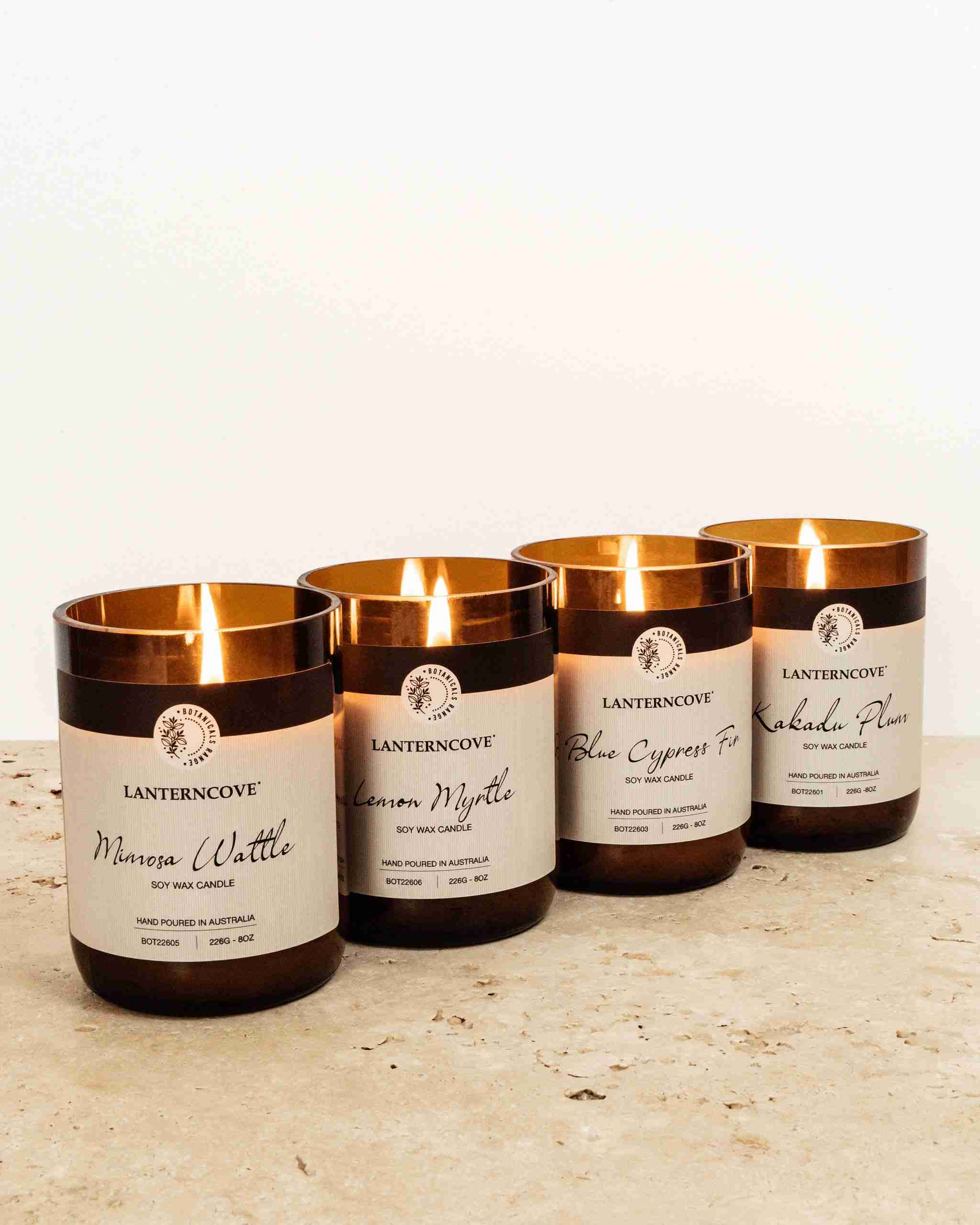Shop Sustainable Soy Wax Candles and Home Fragrance Collections
Shop Sustainable Soy Wax Candles and Home Fragrance Collections
Blog Article
From Wick to Wax: Recognizing the Chemistry Behind Soy Wax Candles and Their Ecological Impact
As we brighten our spaces with the cozy radiance of candles, there exists a realm of intricate chemistry behind the relatively simple act of lighting a soy wax candle light. The option in between soy and paraffin wax prolongs past plain aesthetic appeals, delving right into the realm of environmental effect and the very make-up of the materials. Comprehending the molecular structure of soy wax and its burning process clarifies the exhausts released into our surroundings. Join us as we decipher the clinical ins and outs behind soy wax candle lights and explore their effects on our environment.
Soy Wax Vs. Paraffin Wax
When comparing soy wax and paraffin wax for candle making, it is essential to understand the distinct attributes and advantages of each material. Soy wax is an all-natural, renewable energy stemmed from soybean oil, making it eco-friendly and environmentally friendly - crystal soy candles. On the other hand, paraffin wax is a byproduct of oil refining, which increases concerns about its ecological effect and sustainability
Soy wax candles shed cleaner and emit less residue compared to paraffin wax candles, making them a healthier option for indoor air quality. Additionally, soy wax has a reduced melting point, enabling for a longer-lasting candle light that distributes fragrance better. Paraffin wax, on the other hand, tends to burn faster and less easily, possibly releasing damaging chemicals into the air.
From a sustainability point of view, soy wax is preferred for its biodegradability and sustainable sourcing, lining up with the growing consumer choice for eco aware items. While paraffin wax has been a traditional choice in candle making as a result of its cost and simplicity of use, the shift in the direction of environmentally friendly choices like soy wax is gaining momentum in the industry.
Chemical Make-up of Soy Wax

Burning Refine in Soy Candles
The chemical make-up of soy wax directly affects the burning procedure in soy candles, impacting aspects such as shed time, fragrance release, and environmental impact. When a soy candle is lit, the warm from the flame thaws the wax near the wick. This fluid wax is then created the wick due to capillary action. As the fluid wax reaches the flame, it vaporizes and undergoes burning. The combustion procedure includes the vaporized hydrocarbons in the wax reacting with oxygen airborne to create warm, light, water vapor, and carbon dioxide.
The burning performance of soy candles is influenced by the purity of the soy wax and the quality of the wick. Additionally, soy wax candle lights have a reduced environmental impact compared to paraffin candle lights due to their renewable and naturally degradable nature.

Environmental Benefits of Soy Wax

Thought about a lasting choice important link to typical paraffin wax, soy wax uses notable environmental advantages that make it a popular selection among eco-conscious customers. Soy wax burns cleaner and produces less residue than paraffin wax, adding to better interior air blog quality and lowering the requirement for cleansing and maintenance. Generally, the environmental benefits of soy wax align with the expanding need for eco-friendly and sustainable items in the market.
Recycling and Disposal Factors To Consider
Reusing and correct disposal of soy wax candle lights play a vital duty in keeping ecological sustainability and reducing waste in communities and houses. When it comes to reusing soy wax candle lights, the initial step is to make certain that the candle light has actually shed totally.

In terms of disposal, if recycling is not a choice, soy wax candles are naturally degradable and can be safely thrown away in a lot of family waste systems. Nevertheless, it is always advised to get in touch with local recycling facilities or waste monitoring services for specific standards on candle light disposal to make certain correct handling and environmental management.
Conclusion
In verdict, the chemistry behind soy wax candles discloses their ecological advantages over paraffin wax candle lights. Soy wax, stemmed from soybean oil, burns cleaner and generates less soot when compared to paraffin wax. The burning procedure in soy candles is more efficient, leading to a much longer and more even melt. check my reference In addition, soy wax is eco-friendly and sustainable, making it a more sustainable option for candle light production. Reusing and proper disposal of soy wax candle lights even more add to their ecological impact.
When contrasting soy wax and paraffin wax for candle light production, it is essential to comprehend the distinctive characteristics and benefits of each product (crystal soy candles).Soy wax candles shed cleaner and send out less soot compared to paraffin wax candles, making them a much healthier selection for interior air quality.Considered a lasting choice to traditional paraffin wax, soy wax provides noteworthy environmental advantages that make it a preferred choice among eco-conscious consumers. Soy wax burns cleaner and produces much less residue than paraffin wax, contributing to much better indoor air high quality and reducing the demand for cleansing and maintenance.In final thought, the chemistry behind soy wax candle lights reveals their ecological advantages over paraffin wax candles
Report this page